Android Central Verdict
Bottom line: With so much competition in the fitness tracking space, the Whoop Strap 3.0 tries to stand out with its all-in-one hardware and software subscription plan. The band itself is minimalistic and generally comfortable, and the tracking and insights the service provides are top-notch. I just wish that it had better battery life.
Pros
- +
Innovative all-in-one hardware and subscription plan
- +
Comfortable and minimal aesthetic
- +
In-depth metrics and guidance
- +
Distraction-free fitness tracking
Cons
- -
Battery life could be better
- -
Cost of ongoing subscription can start to add up
Why you can trust Android Central
I hate to begin this Whoop Strap 3.0 review on a sour note, but I have to say that I didn't particularly enjoy wearing this fitness band over the past week or so.
I'm generally a pretty positive person, and I always try to look for the upside in products, even if they're not necessarily a good fit for me. Therefore, even I can acknowledge that just because I didn't get much from the Whoop Strap 3.0, that doesn't mean it's not the perfect health companion for you. In fact, I think that for some people, the Whoop training system is going to be a better fit and just might deliver more measurable results than any product/service combo that Fitbit, Apple, or Garmin has to offer.
Unlike many of the other best fitness trackers, the Whoop Strap 3.0 is not one that you can purchase as a stand-alone device. It comes included as part of a monthly (or annual) subscription package, which offers stats, analysis, training, and more for about $30/month. Members can choose from a variety of band types, colors, and accessories, but the hardware isn't the focus here — the entire system is.
So without further adieu, let's jump right into the Whoop Strap 3.0 review.
Whoop Strap 3.0 Price and availability
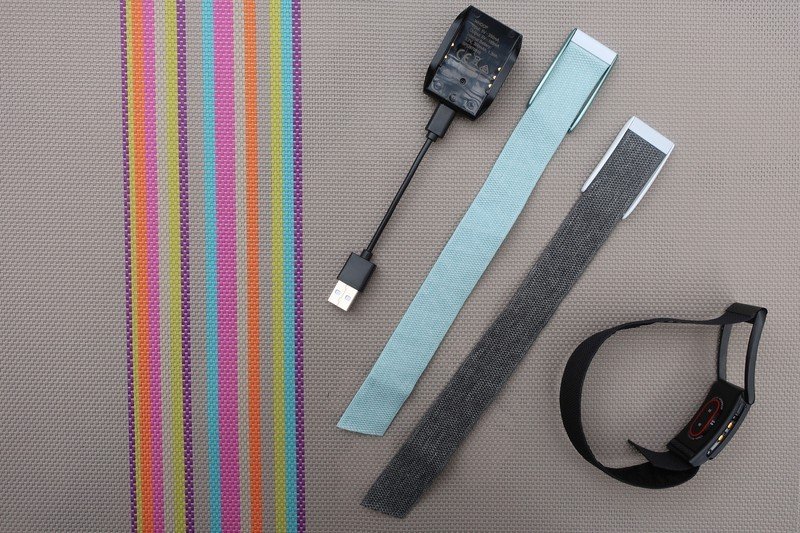
The Whoop Strap 3.0 has been available for a couple of years now, with the company choosing to iterate on new band designs and new services through its app subscription. You can get a Whoop membership which includes a basic Onyx (black) strap starting at $30/month (the price decreases if you pay for 12 or 18 months in advance), and you can choose to purchase additional accessories, including dozens of additional strap and clasp designs with bright colors and patterns to match your style.
Smart business plan, smart design, and smart data
Whoop Strap 3.0: What's good about this system

The Whoop Strap 3.0 and Whoop membership are a bit of a different take on the whole fitness band ecosystem, but when you dig into it, there's a lot to like here.
Business model and value proposition
I'll get to the reasons why I won't be wearing the Whoop Strap 3.0 as my daily tracker in the next section, but I wanted to begin this review by giving credit where credit is due to this device and service.
When I first saw Whoop's pricing and subscription structure, I was a bit skeptical. I'm used to buying a tracker or smartwatch and being able to immediately see the data it generates and do with that data what I want. But Whoop's strategy flips that model on its head. With Whoop, you buy into a membership plan, which itself includes the tracker and grants access to your fitness data and additional insights, coaching, and other resources.
After experimenting with it for a while and thinking about it more, I have to say that I'm actually quite impressed with the business model here. It incentivizes customer loyalty and evangelism by offering discounts for prepayment and bringing in new subscribers while happily locking users in with a subscription system for both the hardware and the service. In a world with tech titans like Apple, Google, and Samsung sucking up all the air, Whoop's solution seems like a viable one for a smaller company that is trying to stay alive and compete with the big players.
Not only is Whoop's business model an ingenious hedge against its larger competitors, it hooks in loyal customers for long-term savings.
Whoop's business model isn't just novel compared to its competitors, but it is actually competitive for customers as well. If you were to pay Whoop's month-to-month rate, you'd be out $360 per year. That may seem like a lot, but it's really not when you consider you're getting both the hardware and software membership here. And the price decreases if you prepay for longer periods in advance. It's less than $300 if you prepay for 12 months and just over $300 if you prepay for 18 months — just $36 more for 6 extra months.
Compare that to the top-of-the-line Fitbit smartwatch — the Fitbit Sense — which will run you up to $330 for the device itself, and then $10 per month for Fitbit's subscription service, Fitbit Premium. It should be noted that when you purchase a new Fitbit Sense, you get six months of Fitbit Premium for free, and there is also a $40 discount to prepay for a year in advance. But even at its cheapest, you're out almost $400, which is more expensive than the Whoop solution.
The same goes here for the Apple Watch and Apple Fitness+. A new Apple Watch starts from $200-$500, and Apple Fitness+ costs $10/month. So even with the cheapest option, you're spending about the same as with Whoop.
Design, comfort, customization
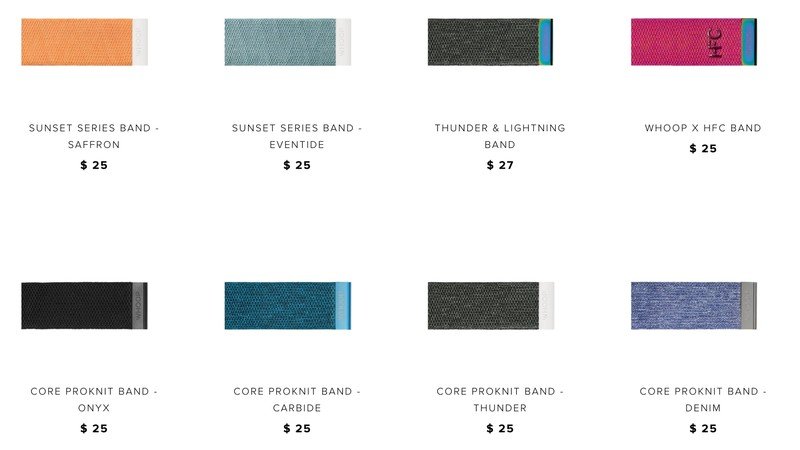
The Whoop Strap 3.0 looks about as basic as a wearable can be. It consists of a 1-inch-wide synthetic ProKnit band with a clasp enclosure that houses the sensor and buckles the strap around your wrist or arm. The inside of the band (the part that touches your skin) has a rubberized, anti-slip texturing that keeps the band from moving about and ensures that the sensor stays in place.
In general, I found the band to be very comfortable, to the point where I usually didn't realize I was wearing it. However, there were occasionally times after a long hike where I was sweaty, and the rubber texture was a bit irritating to the hair and skin on my arm. Your mileage may vary here.
The strap itself comes in a simple Onyx (black) color, though you can opt to purchase additional wrist or armband accessories in all sorts of fun colors, patterns, and designs to suit your style. In addition to the Onyx review unit I received, I was also sent the Thunder (gray/green) and Eventide (teal/turquoise) bands, which are a bit more to my liking.
Distraction-free living
If you like wearing a traditional watch most of the time and just want a fitness tracker to do its job and stay out of your way, then you're going to love the Whoop Strap 3.0. There are no LED lights or displays to compete for your attention, nor is it capable of forwarding a constant barrage of notifications from your smartphone. It looks at most like a subtle wristband and, as such, works great on your non-dominant wrist or even across your upper arm.
There is technically a battery indicator light on the side, which you can access with a double-tap, and there are the sensors at the bottom that measure your heart rate and respiration, but that's it. No clock, no apps — nothing else. It just works in the background and doesn't pester you with buzzes or beeps. After years of wearing various smartwatches and trackers, it was actually a bit of an adjustment at first not to get notifications constantly, but after a while, it was quite nice.
Useful metrics and guidance
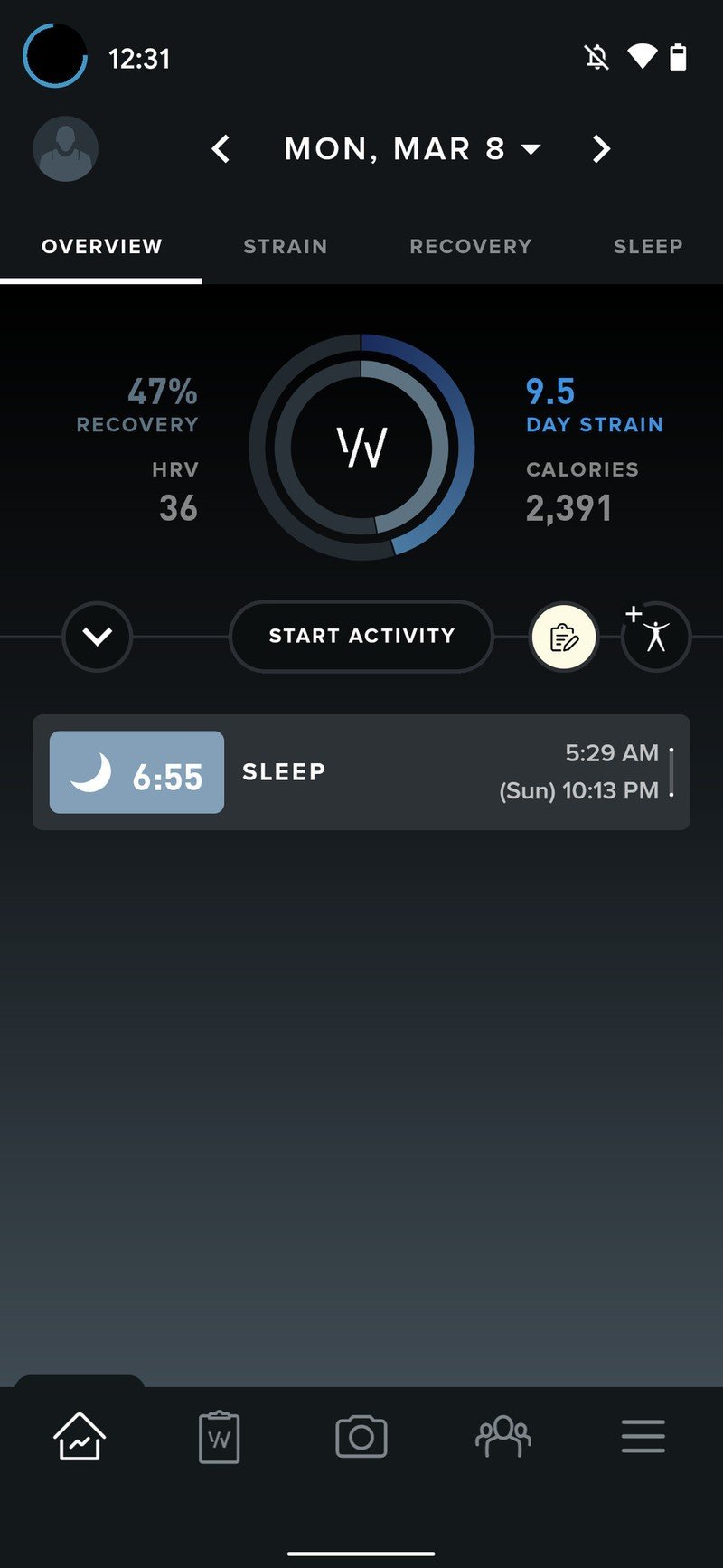
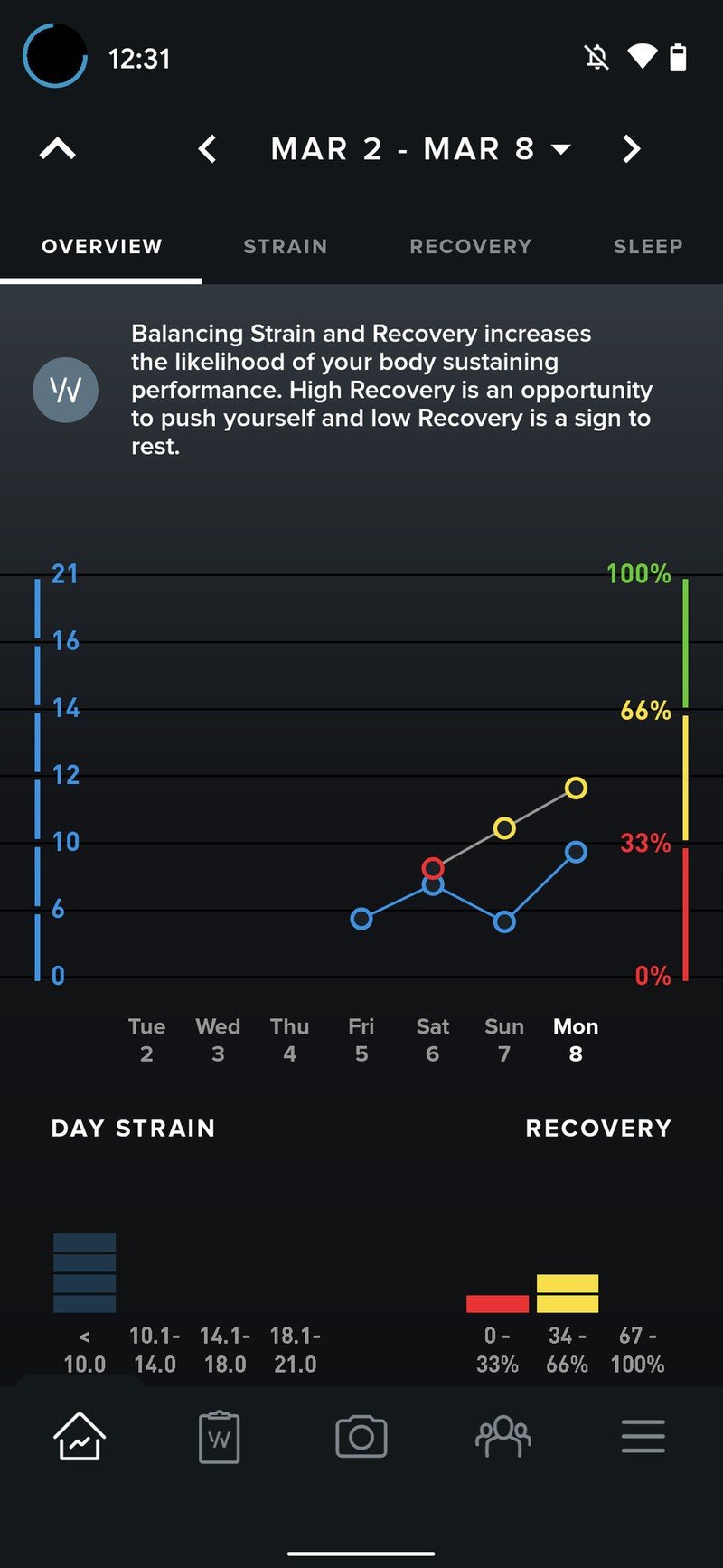

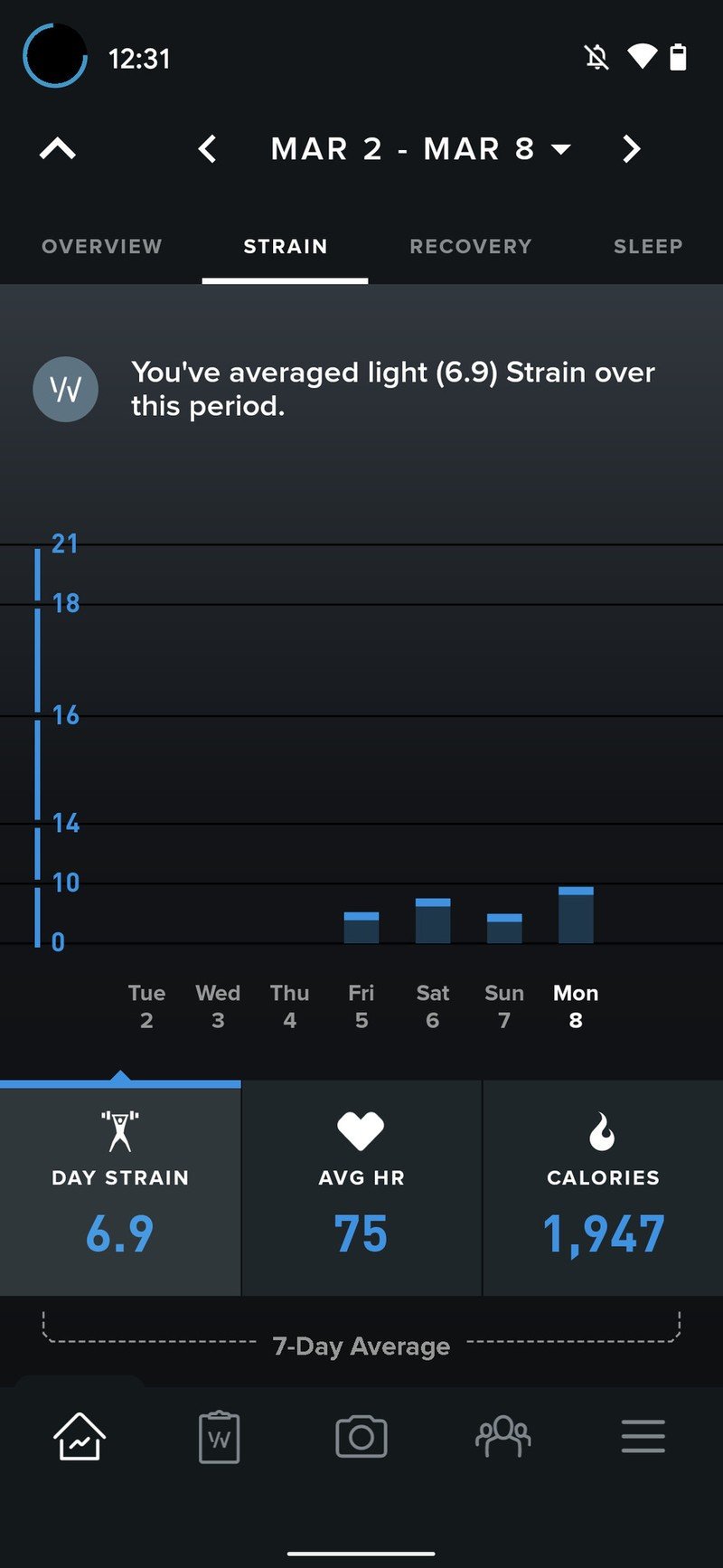

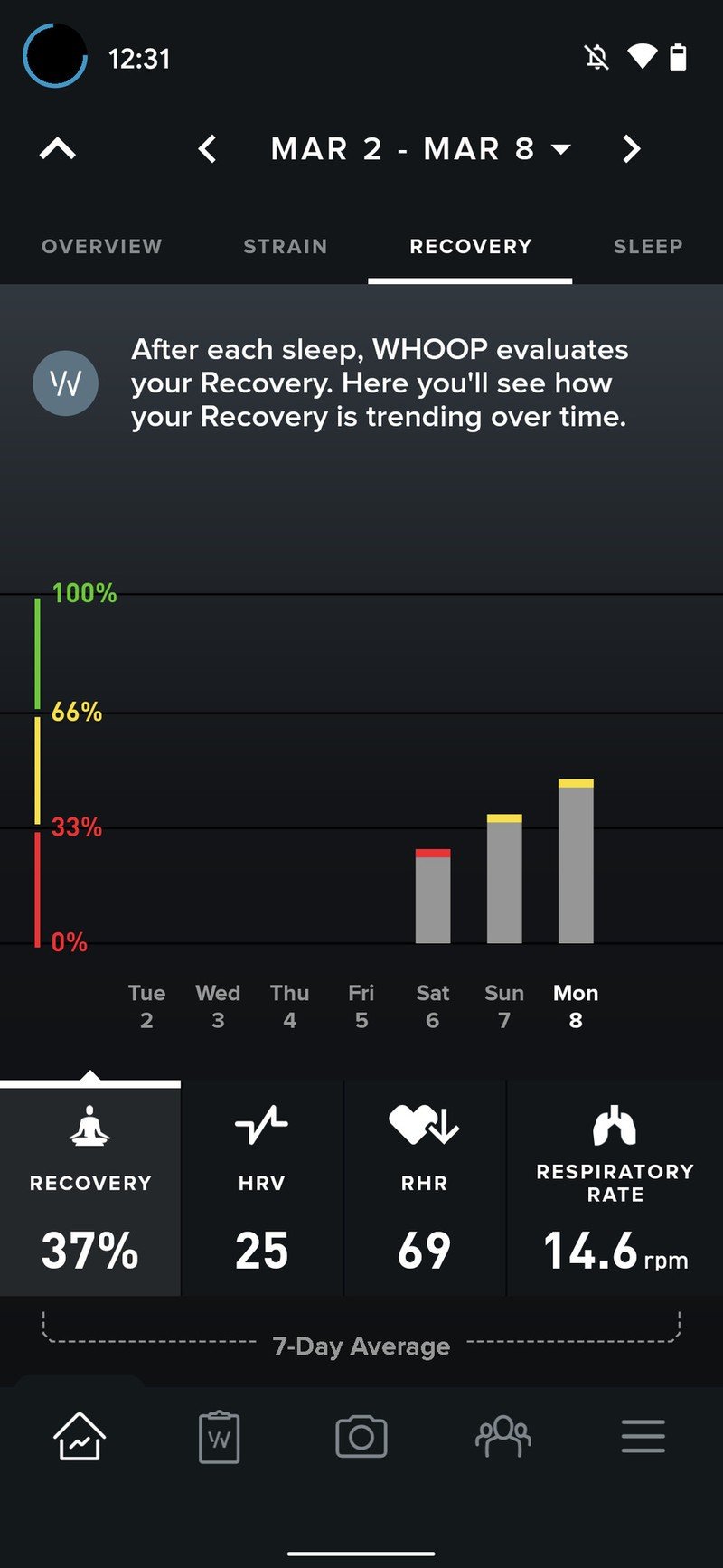
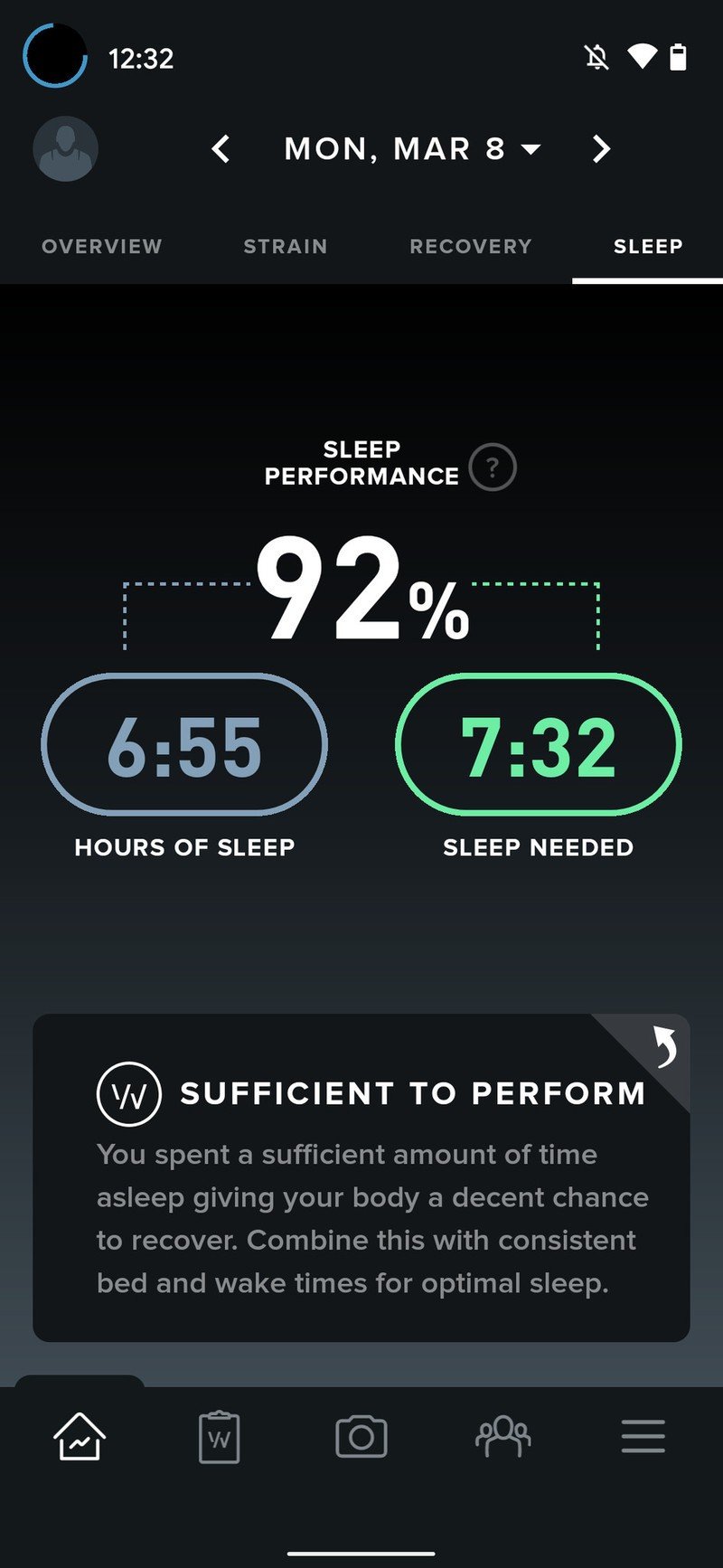
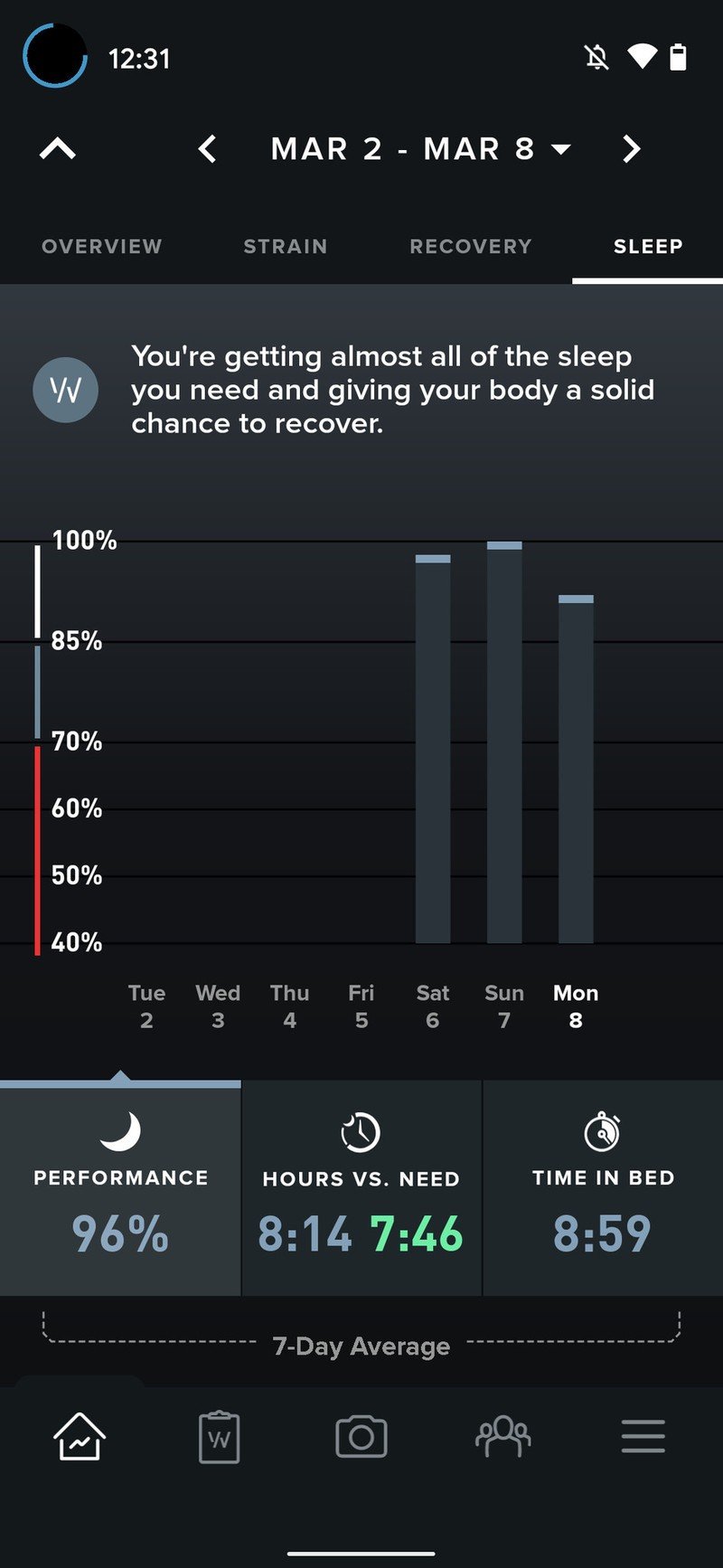
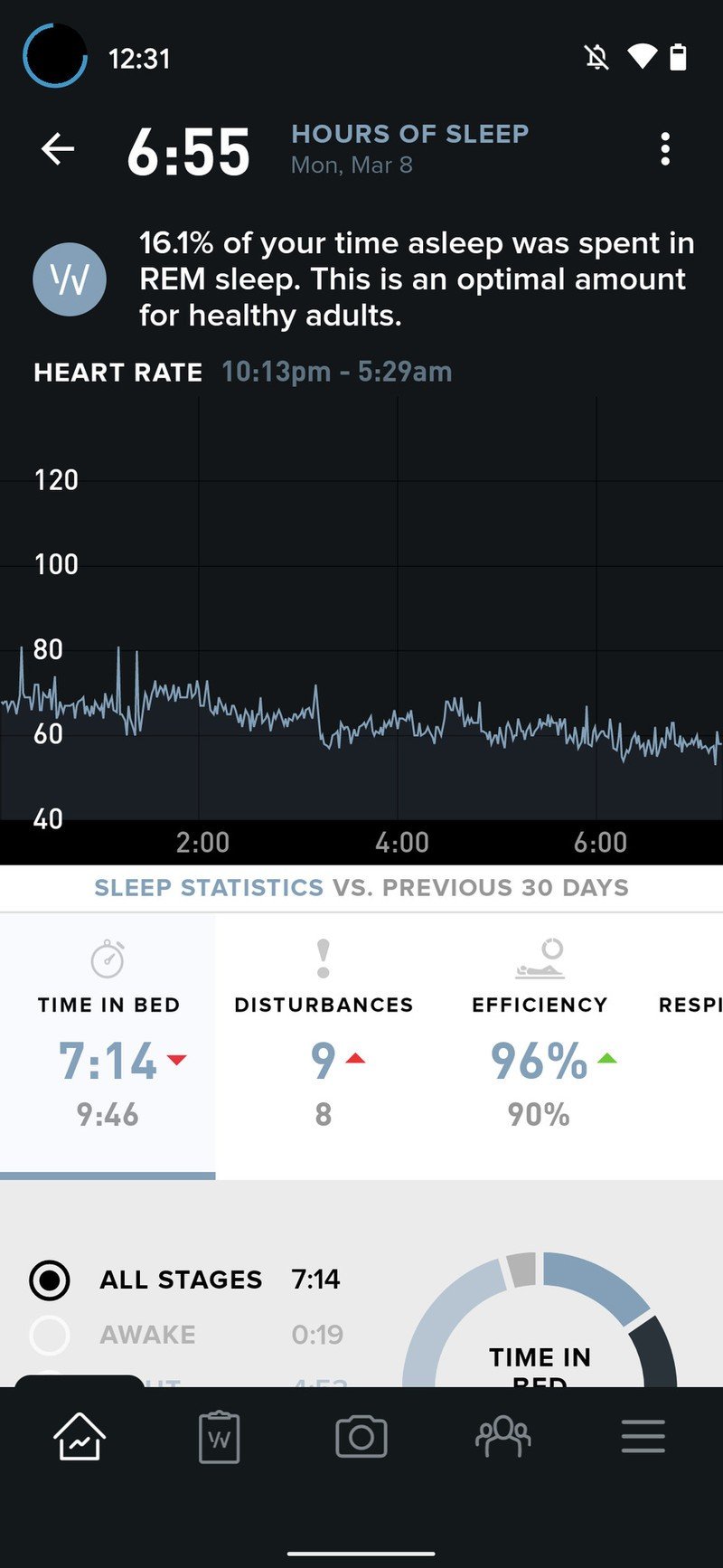

Unlike most fitness trackers that just tell you how many steps you've taken, what your average heart rate was, or how much it thinks you've slept, Whoop aims to provide actionable information and insights into your activity levels. The three main categories of information and analytics that it tracks for you are the overall strain that exercise and activity are putting on your body, how restful and regenerative your sleep habits are, and how that all comes together to aid in your recovery and adaptability to excel in the next day's activities.
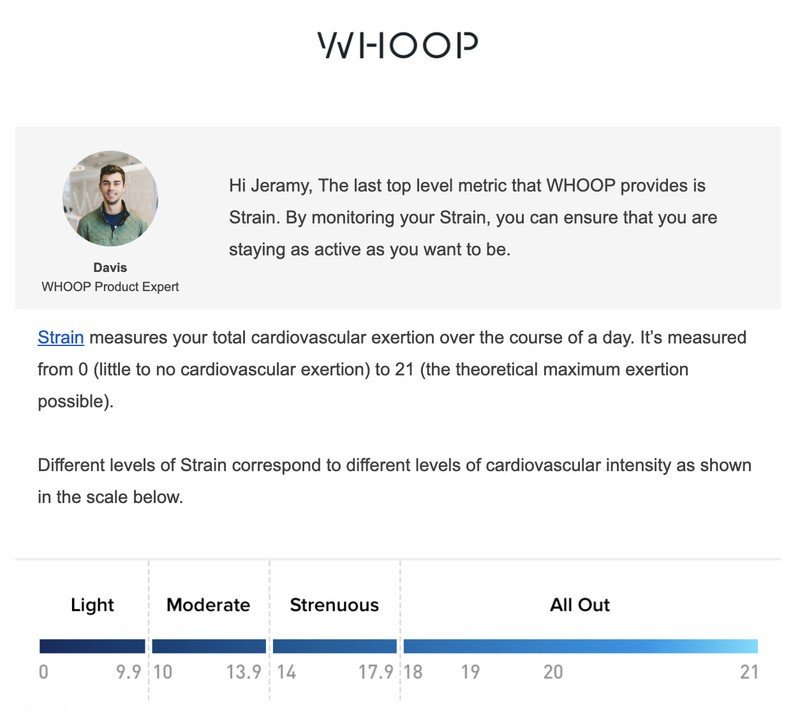
As you can see from the screenshots above, I wasn't too active this week (who are we kidding, I'm never that active), so my data won't impress anyone. But the level and depth of data analysis were not only interesting but informative. I can certainly see how someone who might be training for a big race, CrossFit competition, or personal weight loss plan might find these metrics to be extremely helpful. I did appreciate the check-ins and information provided by Whoop's strain and sleep coaches, which provided extra guidance and context to my health and fitness data.
| Category | Whoop Strap 3.0 |
|---|---|
| Weight | Approximately 1oz with strap and sensor |
| Display | NA |
| Compatibility | Android and iOS |
| Battery life | up to 5 days |
| Water-resistance | IP68 |
| Metrics tracked | sleep, recovery time, body strain, steps, respiratory rate, heart rate variability |
| Colors | Device comes in black, though dozens of accessory bands are available for purchase |
I always judge a fitness tracker on its compatibility with OS-level tracking apps and its compatibility with third-party social apps. One of the ways that fitness trackers can be "sticky" and keep you engaged is by having a community that you can tie into for support, encouragement, and even a little healthy competition.
Thankfully, the Whoop system ticks all of these boxes. In addition to its own vibrant communities, the Whoop Strap 3.0 also integrates with Google Fit and Apple Health, plus the popular fitness communities that Strava and Training Peaks have established.
Battery life lacking, and subscription fatigue
Whoop Strap 3.0: These things could be better

The somewhat unorthodox design of the Whoop Strap 3.0 and its membership plan may not work for everyone, myself included. Here are just a few reasons why this band is not for me.
Average battery life
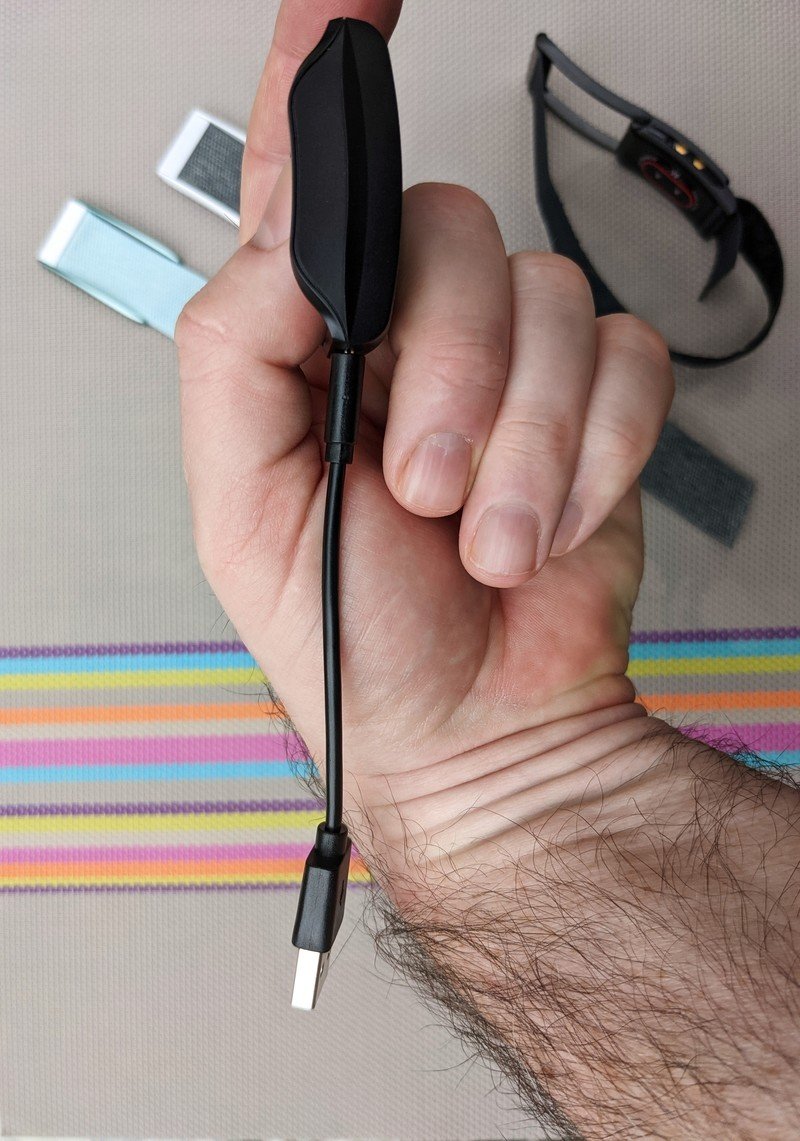
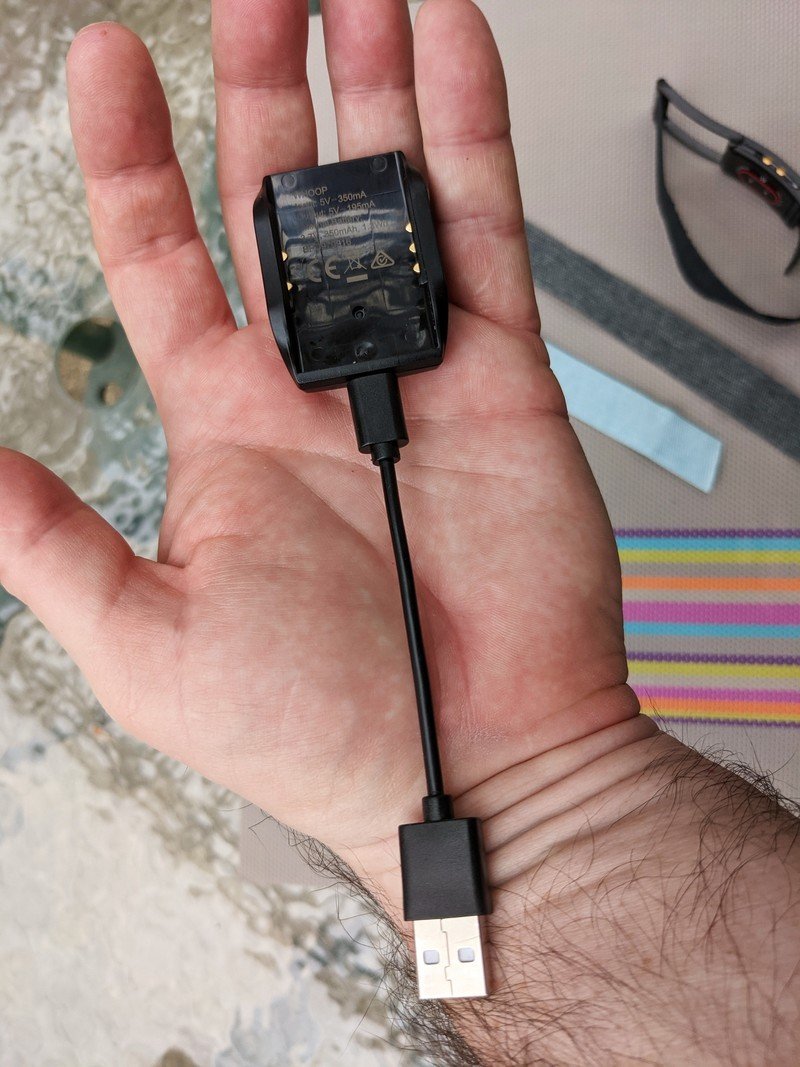
Source: Jeramy Johnson / Android Central
Whoop claims that the Strap 3.0 should get up to five days on a charge, but I think that's a bit generous. I had to top it off a couple of times in the seven or eight days I wore it, and I certainly wasn't pushing it nor myself to the extreme. Granted, five days is still more than twice as long as the Apple Watch can last, but given that this device doesn't have a screen with apps, or complicated software, or push notifications to your wrist, you'd think it could last a bit longer. I know that it is very thin, and so the battery cell can't be too large, but I expected a bit more here. It's not a deal-breaker by any means, but it's something to keep in mind. Plus, the charger is a proprietary unit (of course), so if you lose it, you'll have to spend more money to pick up a new one from Whoop directly.
Strap complications
It's probably just me being clumsy old me, but I had the hardest time changing the bands and clasps on the Whoop Strap 3.0. I know that sounds silly, but if you're going to invest in additional bands and accessories, you should take the time when you first get it to learn how to change the bands, rather than getting frustrated fiddling with them later. Whoop has a handy video for this on their website, and we will also have a guide showing you how to change the bands soon.
Subscription fatigue
I know that I said earlier that the value proposition here compares favorably to smartwatch/tracker and subscription combo plans from the likes of Fitbit and Apple, but at least with those products, you don't have to subscribe to their services to still get great value from the devices. The watches and trackers function perfectly well without the additional memberships, and you can use them for several years without having to either purchase a new one or resubscribe to a plan whose benefits you may not be fully taking advantage of. At least when you buy a Fitbit tracker or Apple Watch, you can always see your data and get some basic insights into your fitness and health history. That just isn't how Whoop operates — it's all-in or nothing.
Whoop Strap 3.0: The competition
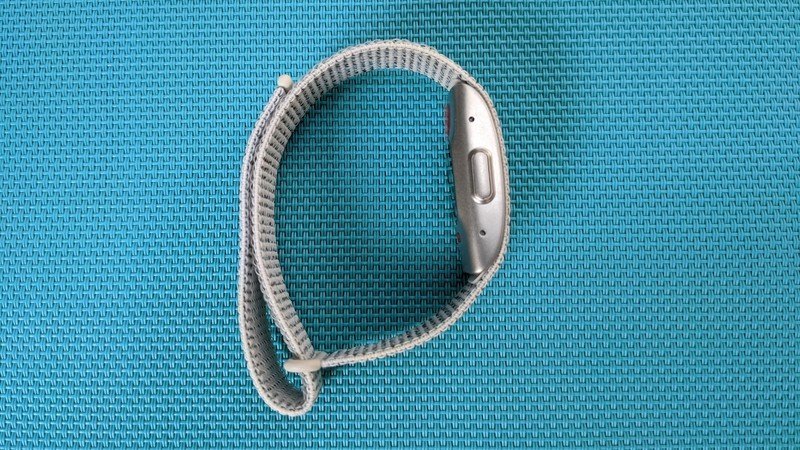
Even though it hasn't been around as long, the Amazon Halo looks to be the most direct competitor, at least at first glance. Amazon's first fitness wearable has a lot in common with the Whoop Strap 3.0, from its minimalist band without a display to its Halo subscription service. The Halo band generally retails for $100 at Amazon, and the Halo subscription to unlock additional features, classes, and insights costs $4/month. Amazon also recently announced a new Alexa integration for the Halo that will let you ask Alexa for your Halo updates and allows you to set a verbal passcode for privacy.
With Fitbit Premium, you can unlock many of the same insights and features that Whoop offers with any of the best Fitbit trackers or smartwatches, but for the elite athletes that Whoop is targeting, the Fitbit Sense makes the most, well, sense here as a competing product. It is loaded with sensors to monitor things like electrodermal activity, skin temperature, and stress, all to help you better understand your body and fitness journey. You can get six months of Fitbit Premium for free with the purchase of a new Sense or Versa 3 smartwatch or a full year when you buy an Inspire 2 tracker. After that, the subscription service is $10/month, with annual discounts available.
If you are willing to venture outside the Android ecosystem, it's hard to argue against the value of an Apple Watch paired with Apple Fitness+. You can get new Apple Watches starting from $199, and Apple Fitness+ will run you $10/month. Just remember, you'll have to pick up an iPhone to pair with your Apple Watch.
Whoop Strap 3.0: Should you buy
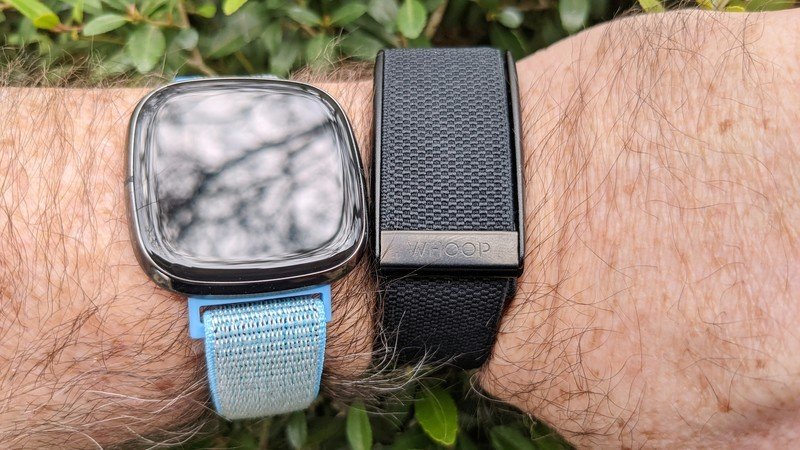
You should buy this if ...
You need advanced athletic training insights
There's a reason why organizations like the LPGA and U.S. Army and elite athletes like NFL MVP Patrick Mahomes and elite mountain biker Kate Courtney have partnered with Whoop — intense and in-depth fitness training, guidance, and health insights.
You prefer a minimal aesthetic
The Whoop Strap 3.0 can be customized to suit your style, but at its core, it's as basic-looking as trackers come. It works well for those who want to wear a more traditional (or even smart) watch on their main watch wrist and have this on the other arm just doing its job.
You don't want to shell out a ton of money right away
The best smartwatches from Fitbit, Garmin, Apple, and others can cost $300, $500, and even up to $1,000 or more right off the bat. The Whoop system lets you spend as little as $30/month, which, even though that adds up to several hundred dollars the first year, it's not a massive expenditure all at once.
You should not buy this if ...
You want a traditional smartwatch or tracker
The Whoop Strap 3.0 can't relay notifications, control your smart home, or answer your inquiries. It's as basic a smart device as they come.
You have subscription fatigue
We all have several, if not dozens, of subscriptions that we're paying for each month, from streaming music and video services to meal kits and more. If you don't want to mess with yet another subscription, you may be better off just picking up a basic fitness tracker and calling it a day.
3.5 out of 5
Like I said at the start of this review, this isn't the product for me, but that is okay. I'm just one person with a particular set of needs and expectations, and those don't have to match with yours. For the right person, the Whoop Strap 3.0 and membership could be exactly what they want and need to understand their body better and take cues from it to improve their health and wellness journey.

Jeramy was the Editor-in-Chief of Android Central. He is proud to help *Keep Austin Weird* and loves hiking in the hill country of central Texas with a breakfast taco in each hand.

